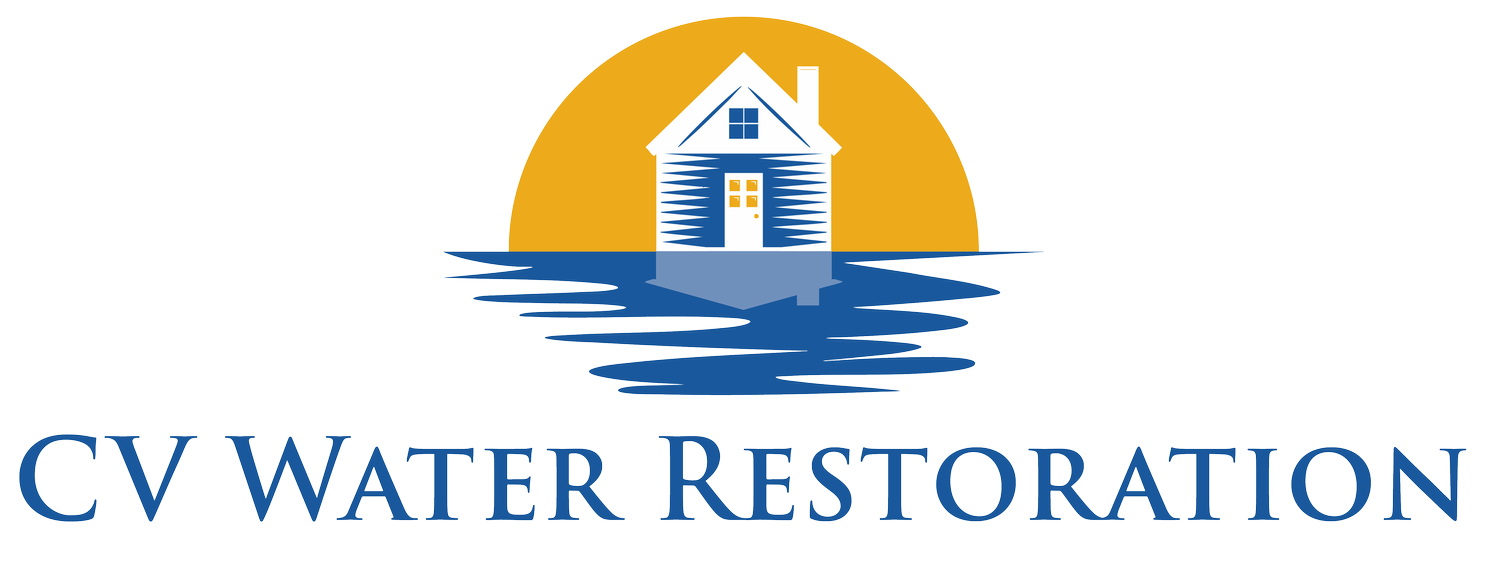The Water Damage Timeline: Why Every Hour Counts
When water damage strikes your home, every hour matters. Understanding the progression of water damage can help you make critical decisions about cleanup, repairs, and when to call for professional help. Here's what happens when water invades your home and why quick action is essential.
The First Hour: The Golden Window
Within the first hour of water exposure, damage is generally minimal and reversible. Water sits on surfaces rather than penetrating deeply, and most materials can be saved with prompt action. This is your golden window of opportunity.
What's happening:
Water spreads across floors and surfaces
Furniture begins absorbing moisture at contact points
Paper materials start to swell slightly
Electronics remain potentially salvageable if powered off immediately
Critical actions:
Stop the water source
Begin water extraction
Move valuable items to dry areas
Start air circulation with fans
Hours 2-4: Absorption Accelerates
As water continues to sit, absorption accelerates dramatically. Porous materials like wood, drywall, and fabric begin to soak up water like sponges. The longer water remains in contact with these materials, the deeper it penetrates.
What's happening:
Wood flooring begins to cup and swell
Drywall starts absorbing water from the bottom up
Carpet padding becomes saturated
Metal fixtures may begin to tarnish
Paint may start to bubble or peel
Critical actions:
Continue aggressive water removal
Remove wet carpeting and padding
Begin dehumidification process
Contact insurance company if not already done
Hours 4-24: Structural Changes Begin
Within 24 hours, you'll start to see visible changes to your home's structure and materials. This is when "drying in place" becomes much more difficult, and replacement often becomes necessary.
What's happening:
Wood begins to split, crack, or warp permanently
Drywall becomes soft and may begin to crumble
Metal starts to corrode and rust
Upholstered furniture becomes difficult to salvage
Strong odors may develop
Critical actions:
Remove all wet materials that can't be thoroughly dried
Increase dehumidification efforts
Monitor moisture levels with professional equipment
Consider professional restoration services
24-48 Hours: The Mold Window Opens
This is the critical timeframe when mold spores, which are always present in the air, begin to germinate and establish colonies. Once mold takes hold, you're dealing with both water damage and a potential health hazard.
What's happening:
Mold spores begin germinating in moist environments
Bacteria multiply rapidly in standing water
Structural materials may become permanently compromised
Electrical systems may suffer long-term damage
Indoor air quality begins to deteriorate
Critical actions:
Ensure all materials are below 20% moisture content
Treat any signs of microbial growth immediately
Consider antimicrobial treatments
Professional assessment becomes essential
48 Hours to One Week: Mold Establishment
After 48 hours, mold colonies begin to establish and spread rapidly. What started as a water problem has now become a mold problem, significantly increasing remediation costs and complexity.
What's happening:
Visible mold growth appears on surfaces
Musty odors become pronounced
Structural integrity may be compromised
Health risks increase for occupants
Property value impacts become significant
Critical actions:
Professional mold assessment required
Possible temporary relocation of occupants
Extensive material removal may be necessary
Air quality testing recommended
Beyond One Week: Long-term Consequences
Water damage left unaddressed for a week or more can have lasting impacts on your home's structure, safety, and value.
What's happening:
Extensive mold growth throughout affected areas
Potential structural damage requiring major repairs
Electrical systems may need complete replacement
Secondary damage to unaffected areas
Significant impact on property value
The Cost of Delay
Understanding these timelines isn't just academic—it has real financial implications:
First 24 hours: Costs typically range from $1,000-$4,000 for professional cleanup
24-48 hours: Costs can double due to mold prevention measures
After 48 hours: Mold remediation adds $2,000-$6,000 to restoration costs
One week plus: Complete reconstruction may be necessary, costing tens of thousands
Why Professional Help Matters
Professional water restoration companies understand these timelines intimately. They have the equipment and expertise to:
Extract water more efficiently than consumer-grade equipment
Monitor moisture levels scientifically
Apply antimicrobial treatments at the right time
Coordinate the restoration process to minimize timeline impacts
The cost of professional help in the first 24-48 hours is almost always less than the cost of dealing with mold remediation and extensive reconstruction later.
Temperature and Humidity Factors
These timelines can be accelerated by environmental factors:
High temperatures speed up all processes, including mold growth
High humidity provides ideal conditions for microbial growth
Poor ventilation traps moisture and extends drying times
Organic materials (wood, paper, fabric) provide food for mold growth
Taking Action
Remember, these timelines are not suggestions—they're based on the science of how water and materials interact. Every hour you delay action pushes you further along this timeline toward more expensive and complex remediation.
When water damage occurs, treat it as the emergency it is. Your quick response in those first critical hours can save you thousands of dollars and weeks of disruption to your life.
